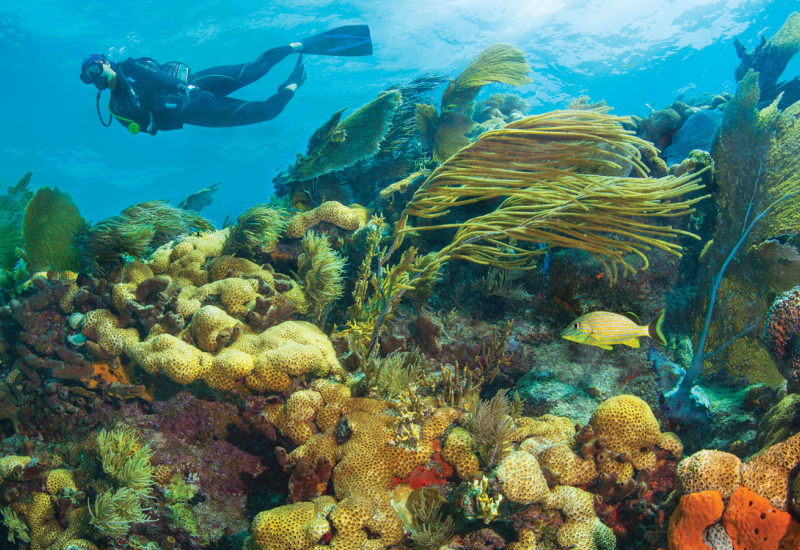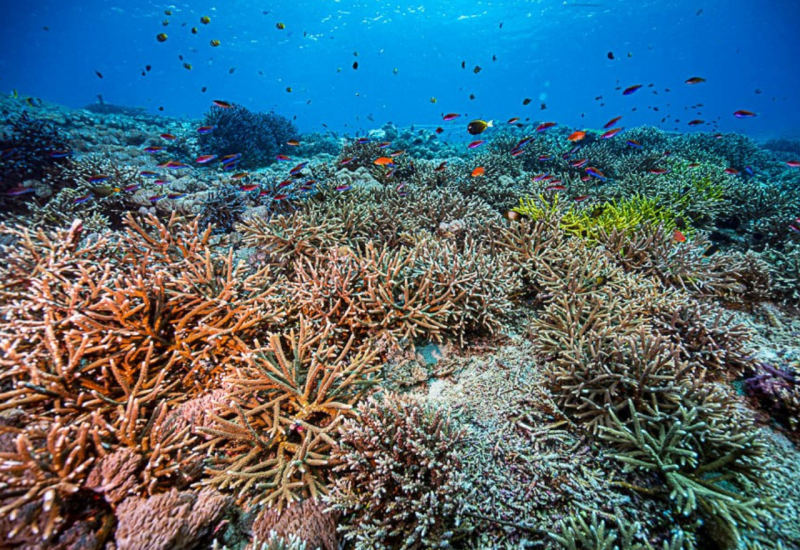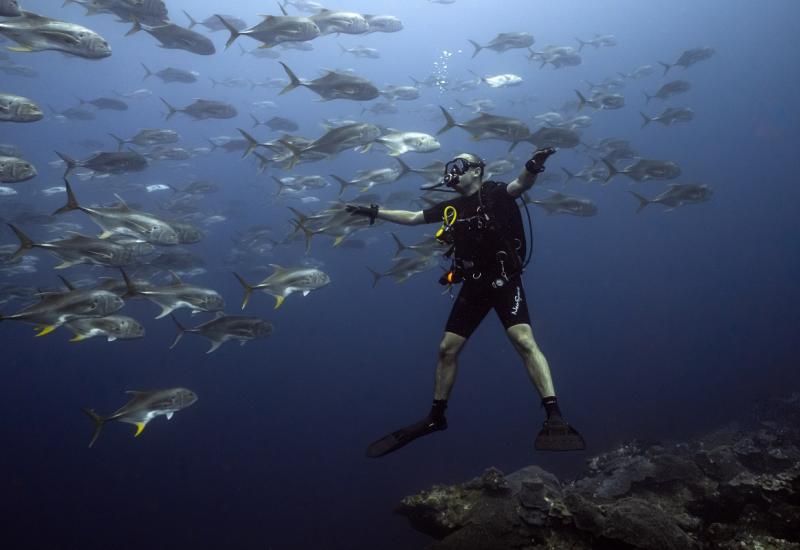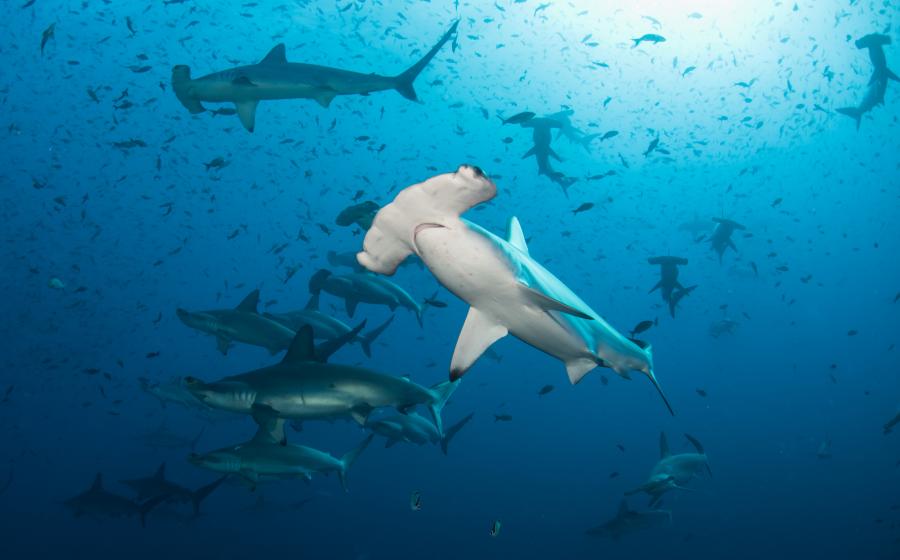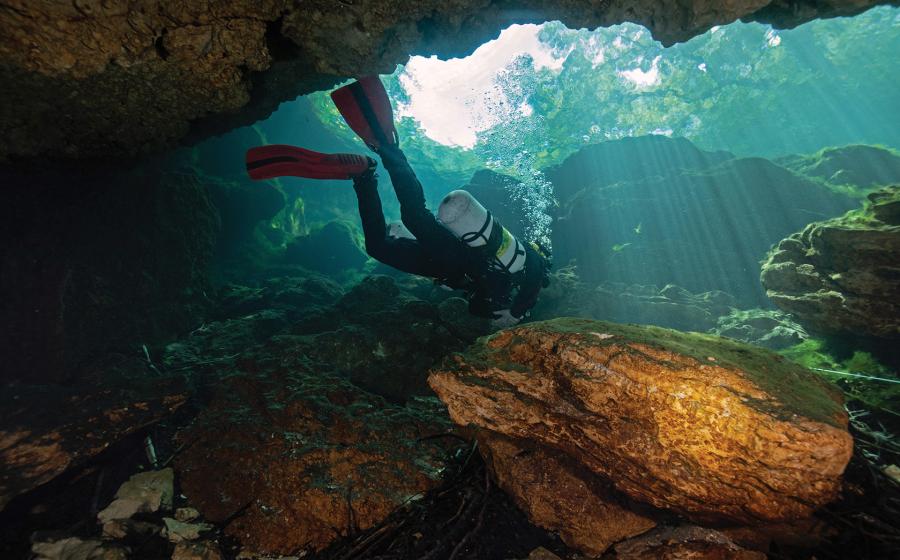What Is a Garbage Patch?
What Is a Garbage Patch?
A garbage patch is a massive collection of plastic debris that has been drawn together by a large system of currents in the ocean, or a gyre. While the image of a floating landfill comes to mind, garbage patches are actually mostly made up of microplastics. You won't see millions of whole plastic bottles floating around in the ocean, but there is a large concentration of microplastics in the upper portion of the water column in these areas, which poses a threat to marine life.

Sport Diver IllustrationA look at the five major garbage patches
1. Plastic Producers
Much of the world’s output of plastic waste comes from China, according to a 2015 report. The nation accounted for about 27.7 percent of the world’s total plastic-waste production, and millions of metric tons ended up as marine debris.
2. Indian Ocean Plastic Soup
Discovered in 2010, the Indian Ocean garbage patch circulates within the Indian Ocean Gyre — one of the world’s five major oceanic gyres. Every ocean basin has at least one garbage patch. The Pacific and Atlantic each have two patches.
Related Reading: From Down Under to Worldwide: How One Aussie Dive Shop Is Making Global Waves
3. The Polluted Pacific
The Great Pacific Garbage Patch, in the North Pacific Gyre, is the largest of the five garbage patches; shifting winds and current make its exact size impossible to measure. Debris from North American coastal waters ends up here.

